Being a pet parent comes with a lot of responsibilities. One of them, and probably the most important one, is ensuring that your dog is well cared for and healthy.
Being a dog mom myself, I know that there’s nothing worse than not knowing what is wrong with your pooch or how and when to seek help.
Dogs, like humans, can experience pain, but they, just like babies, rely on us to identify and address their discomfort. So, it is highly important to be attentive to changes in your dog’s behavior and health.
By familiarizing yourself with these warning signs, you’re learning how and when to take proactive measures that might save your dog’s life.
#1 Any Noticeable Changes in Eating, Drinking, And Sleeping Habits
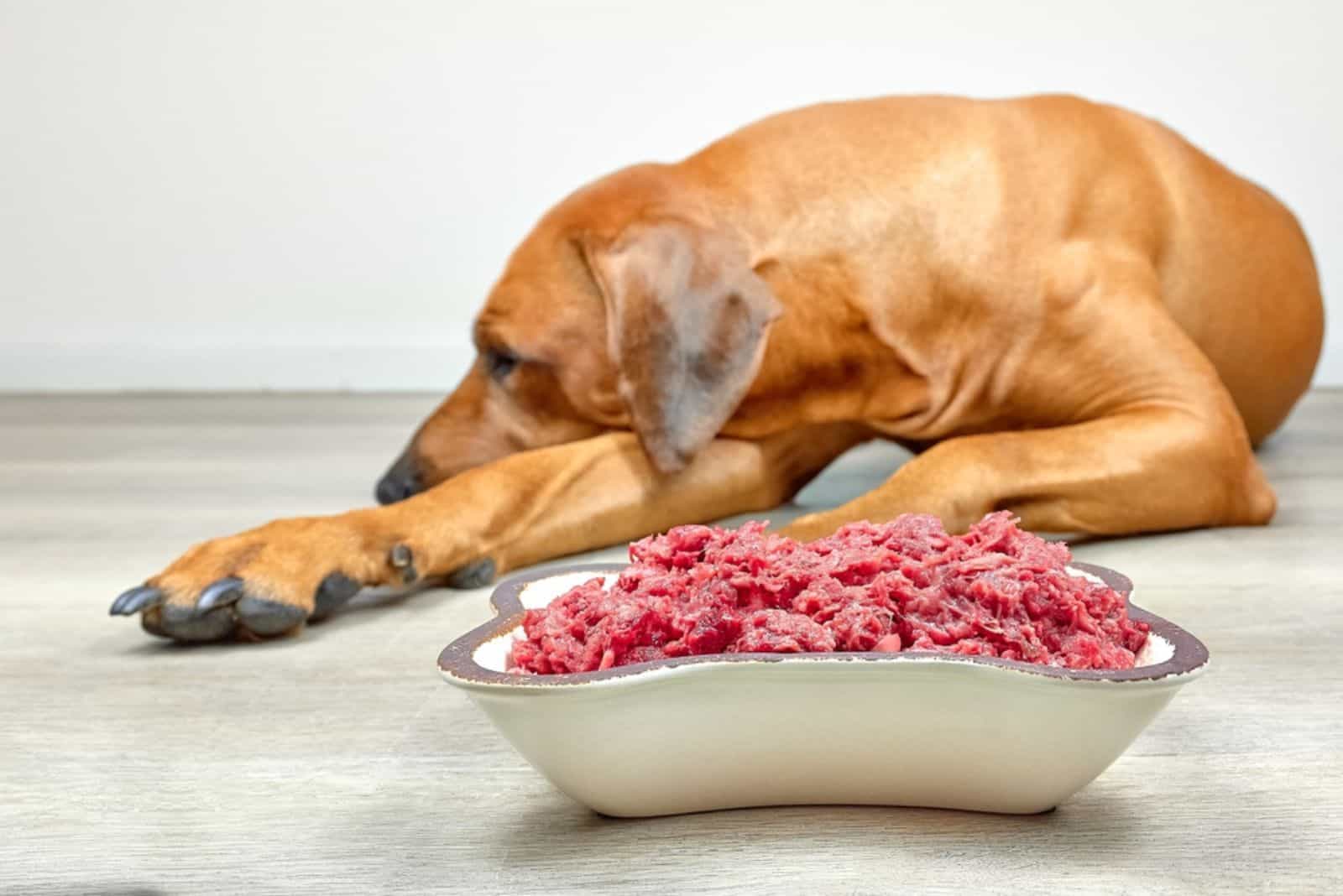
A person who suffers from chronic pain can find it difficult to perform basic functions of daily living. The same goes for your dog.
Changes in your dog’s eating, drinking, and sleeping habits may be valuable indicators of your dog’s well-being.
A dog that is in pain might sleep more than usual, trying to heal, or will experience sudden disruptions in his regular sleep schedule.
Also, he might experience a loss of appetite, difficulty chewing or swallowing food, and increased or decreased water intake.
All of this could be a sign of some serious underlying medical issue that might require professional care.
#2 Unusually Antisocial And Aggressive Behavior
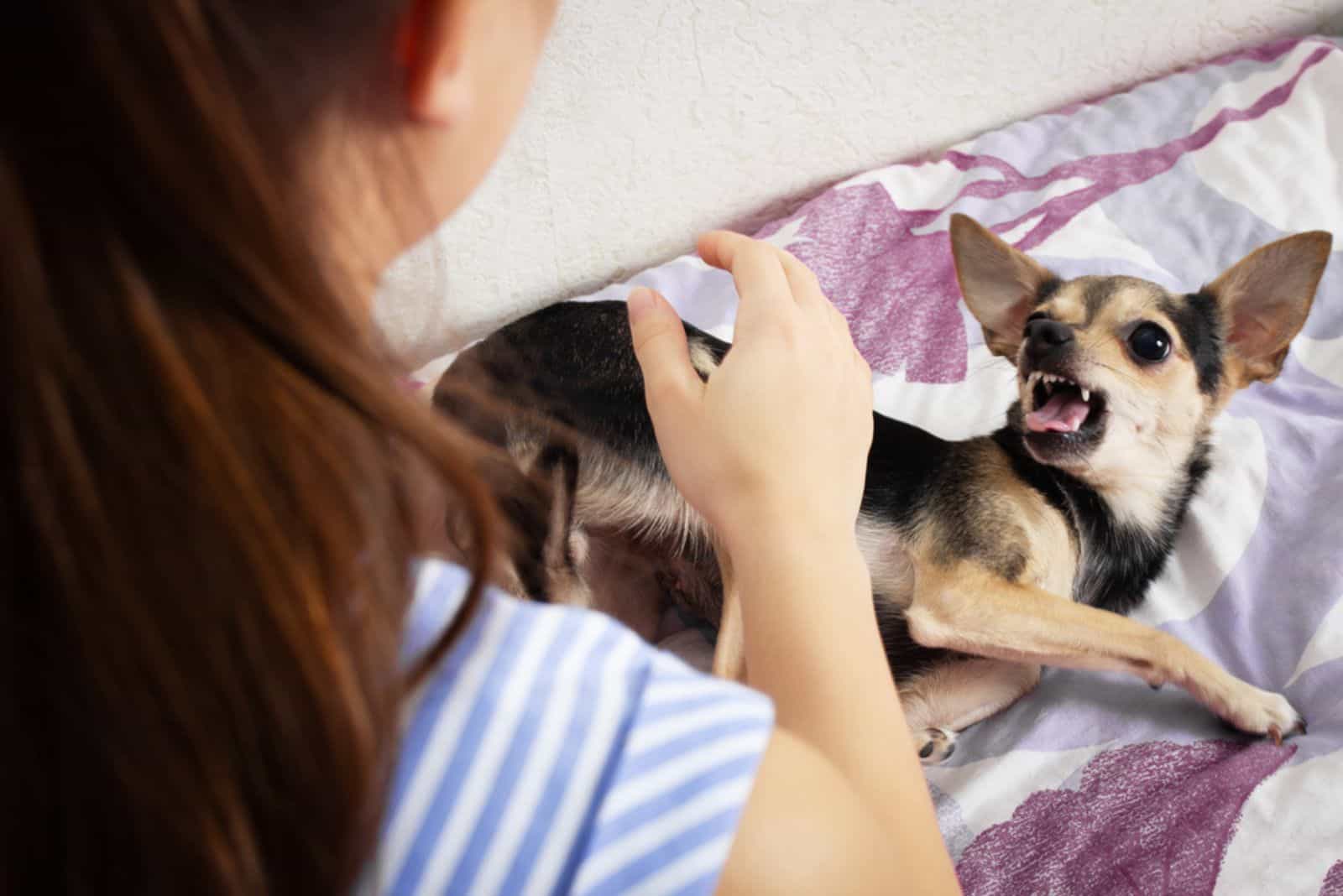
Your dog’s unusual behavior can be a sign that something is bothering him. He might be weirdly antisocial, hiding away, or he might even stop running to greet you.
Some dogs become overly aggressive as a result of dealing with a lot of pain. Any change in your dog’s normal behavior can be a serious sign that your dog is dealing with something and just can’t tell you.
#3 Labored Or Altered Breathing, And Panting

Difficulty breathing is just as bad of a sign in dogs as it is in humans. A healthy dog will take up to 30 breaths per minute, and normally up to 200 pants per minute.[1]
Breathing should always seem effortless.
But, if your dog is experiencing some health issues, you might notice some warning signs such as noisy or shallow breathing, nostrils flaring, the chest moving more than usual, and breathing with the mouth wide open.
Panting heavily while not being tired from exercising is also a warning sign.
#4 Pale Gums Or Any Discoloration
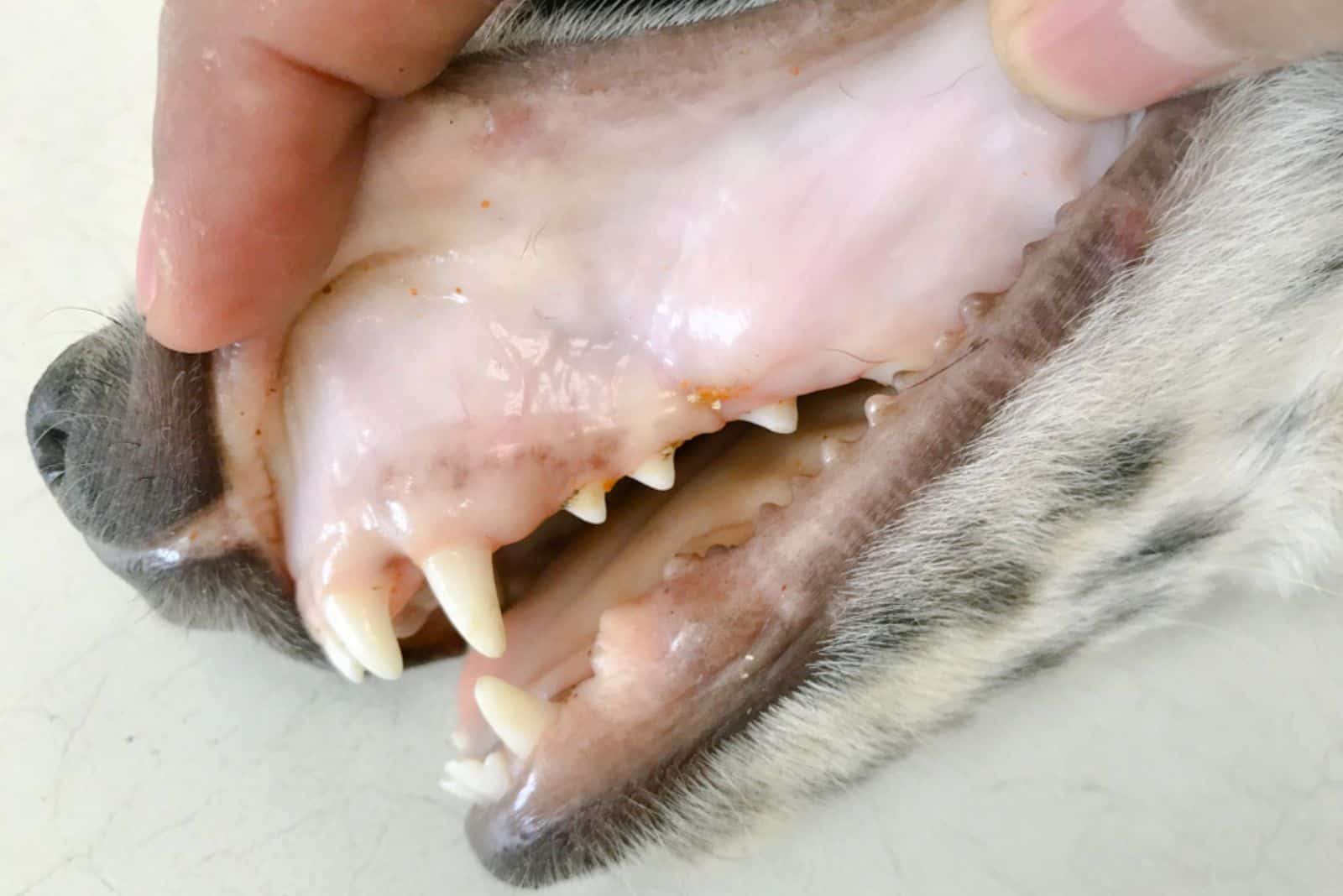
The color of a healthy dog gum varies from dog to dog, but usually it should be between a bubble-gum pink to a salmon color. [2] I recommend checking your dog’s gums while your dog is healthy, so you will always have a reference point.
Pale gums in dogs are typically a sign of a health issue that should be checked immediately. It could mean that your dog is suffering from dehydration or even from something very serious, such as cancer.
However, paleness is not the only sign you should be concerned with. Any kind of discoloration, whether purple, red, or yellow, must raise a red flag. Use our dog gum color chart to help you track the health of your dog.
#5 Signs Of Agitation And Being More Vocal
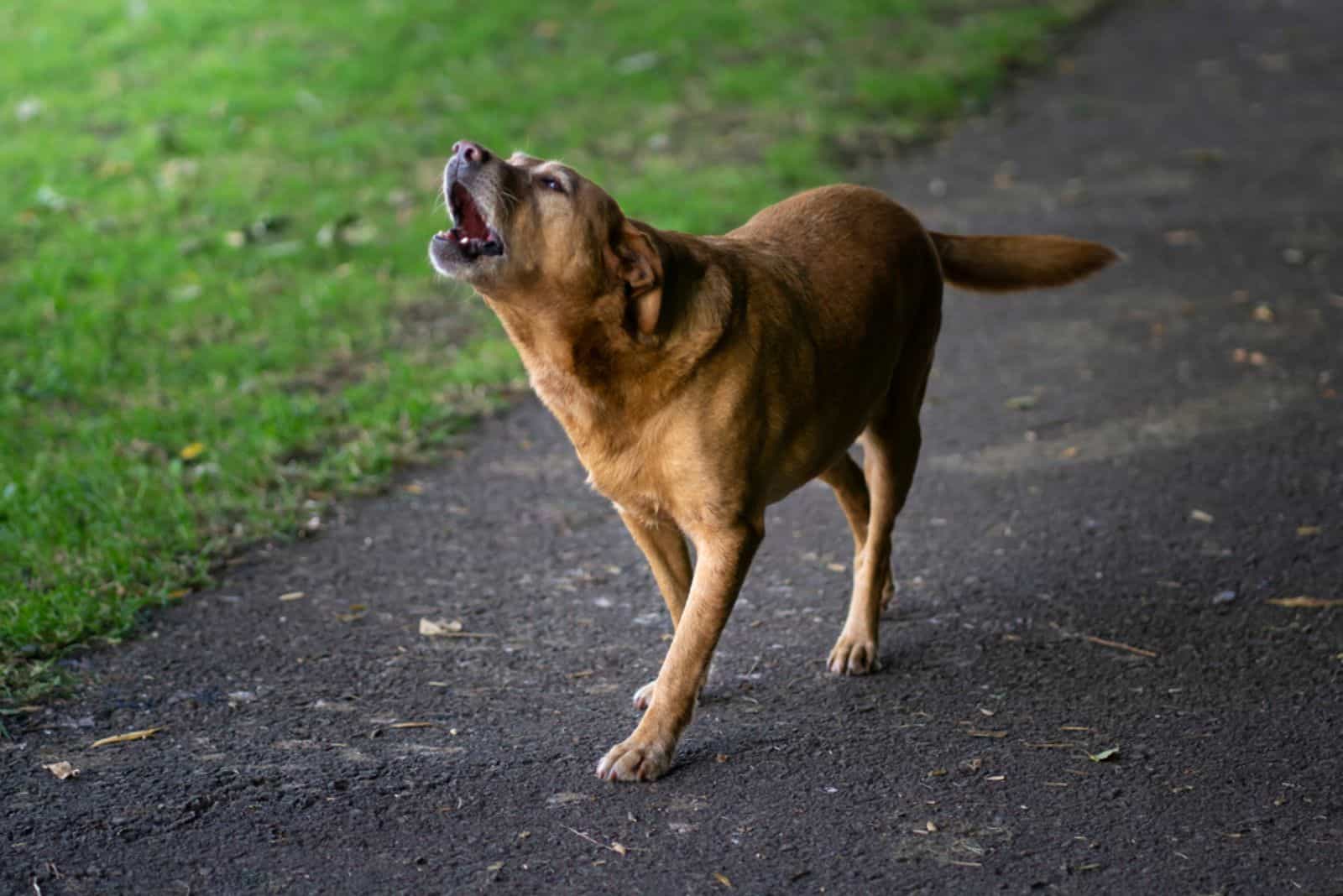
Dogs tend to be more vocal while desperately trying to tell you that something is wrong.
Excessive growling, snarling, yelping, barking, and howling are all signs of agitation and pain in your pooch, especially if your dog doesn’t behave like that usually.
#6 Mobility Issues And Lethargy

The common misconception about lethargy is that it is simply tiredness; however, it is much more complicated than that. It means that your dog is less enthusiastic about things and activities that usually bring him a lot of joy.
Your pup might be less active than usual, reluctant to climb the stairs, noticeably slower and stiffer, or even exhibiting some obvious mobility issues.
Lethargy can be a symptom of various health issues, and it is extremely important to notify your vet if you notice your dog being lethargic for more than a day.
#7 Excessive Grooming

Excessive grooming can be a sign of an underlying issue, either physical or behavioral. If a dog is constantly licking himself, it means that he is trying to soothe the pain. The licking releases endorphins, which are the body’s natural painkillers.
There are various reasons for excessive grooming from the obvious ones, like cuts and wounds to internal pain and discomfort caused by different medical conditions.
#8 Shaking Or Trembling
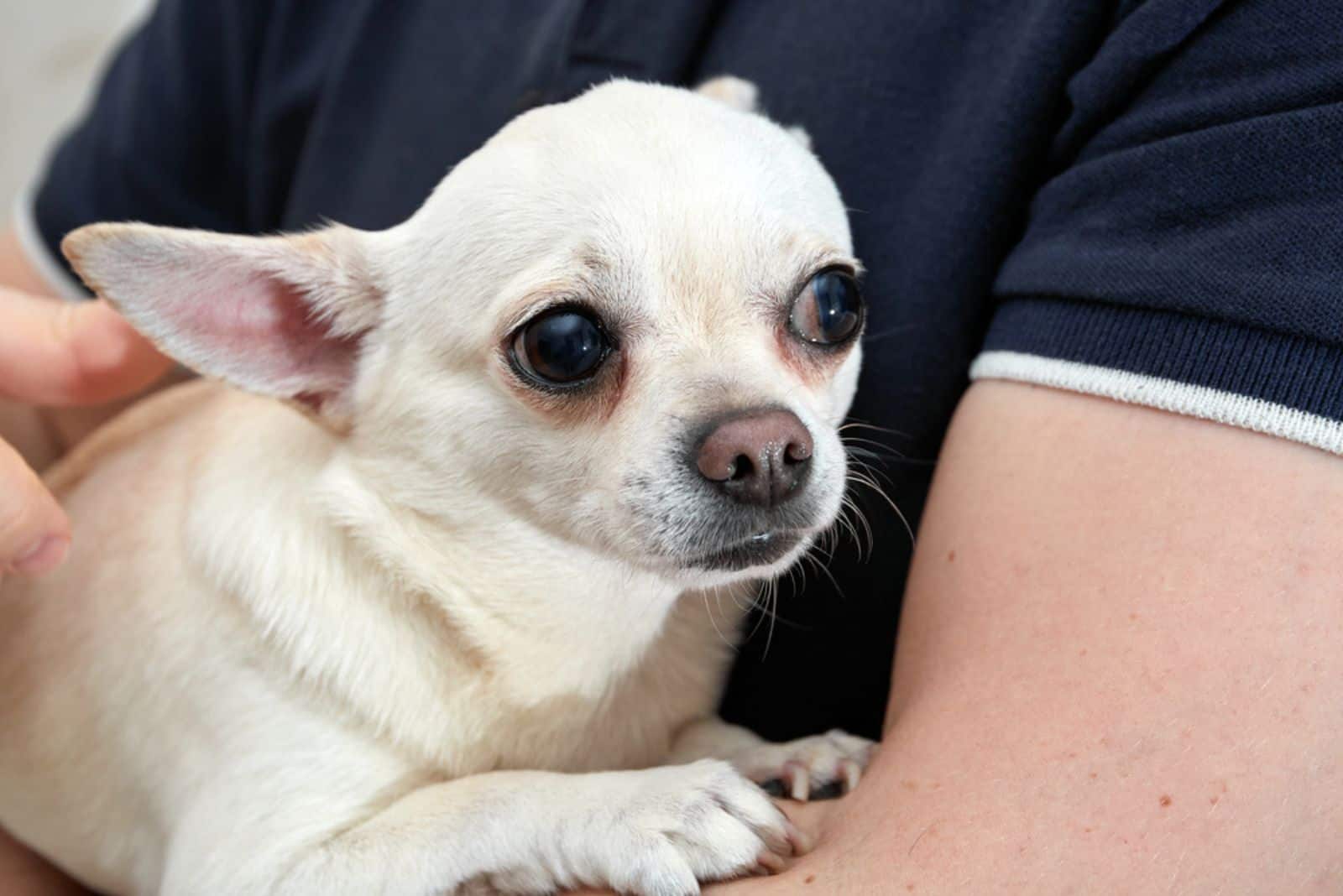
People often confuse shaking and trembling for signs of fear or cold. While this may be true for some dogs, it’s important to mention that both of these can be symptoms of a much more serious illness such as poisoning, kidney disease, arthritis, or different neurological issues.
#9 Temperature Under 99° Or Over 104°
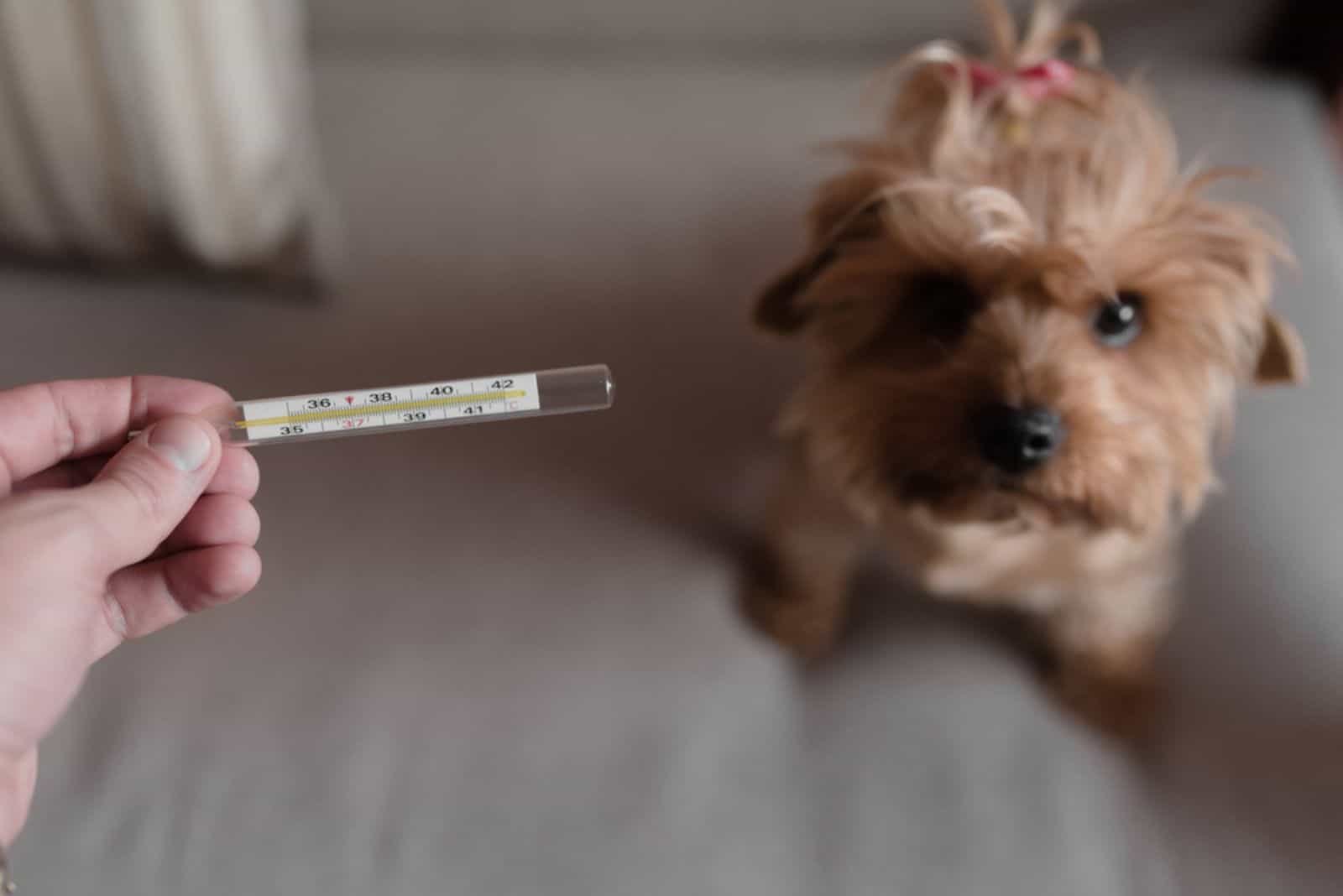
Normal body temperature for dogs is between 101° and 102.5° (38 °C and 39.2 °C) [3], and if your dog’s temperature falls below 99° or rises above 104°, you should take your dog to the veterinarian immediately.
Read more: Dog Temperature Chart: Does My Dog Have A Fever?
10 Changes In The Dog’s Posture
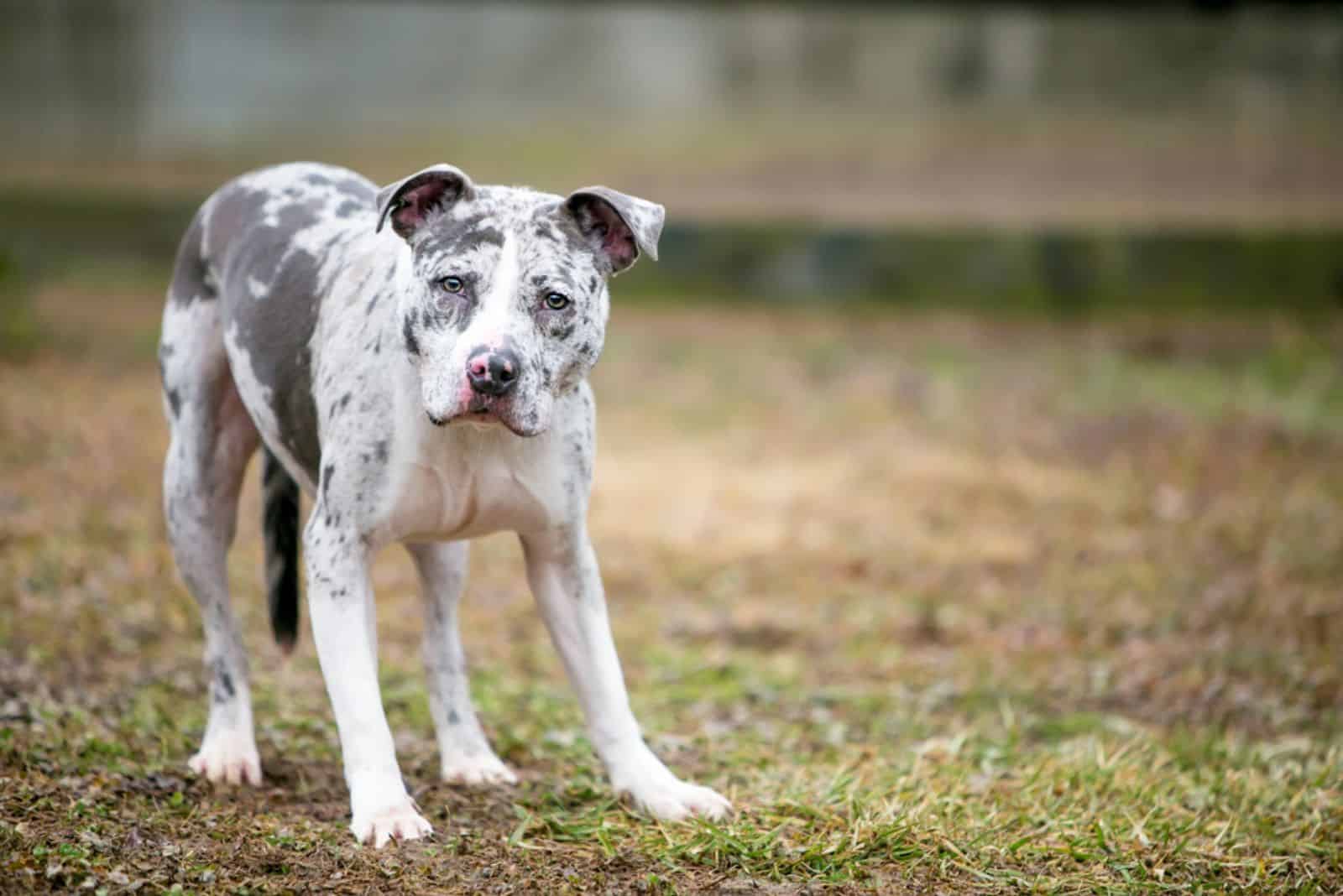
A slouched or hunched posture in dogs is often a sign of discomfort, pain, or illness. Dog owners should be aware of the “praying position”. In this position, your dog’s front legs and head will be lowered onto the floor, and his rear end will be up in the air.
Dr. Anna Foreman, the vet at Everypaw Pet Insurance, said for Mirror, “The prayer position is something we see in dogs who have abdominal pain, whether this be acute (such as involved in a gastric dilation or foreign body obstruction) or chronic (associated with masses in the abdomen or ongoing inflammatory processes).”
#11 Excessive Drooling Or Salivation
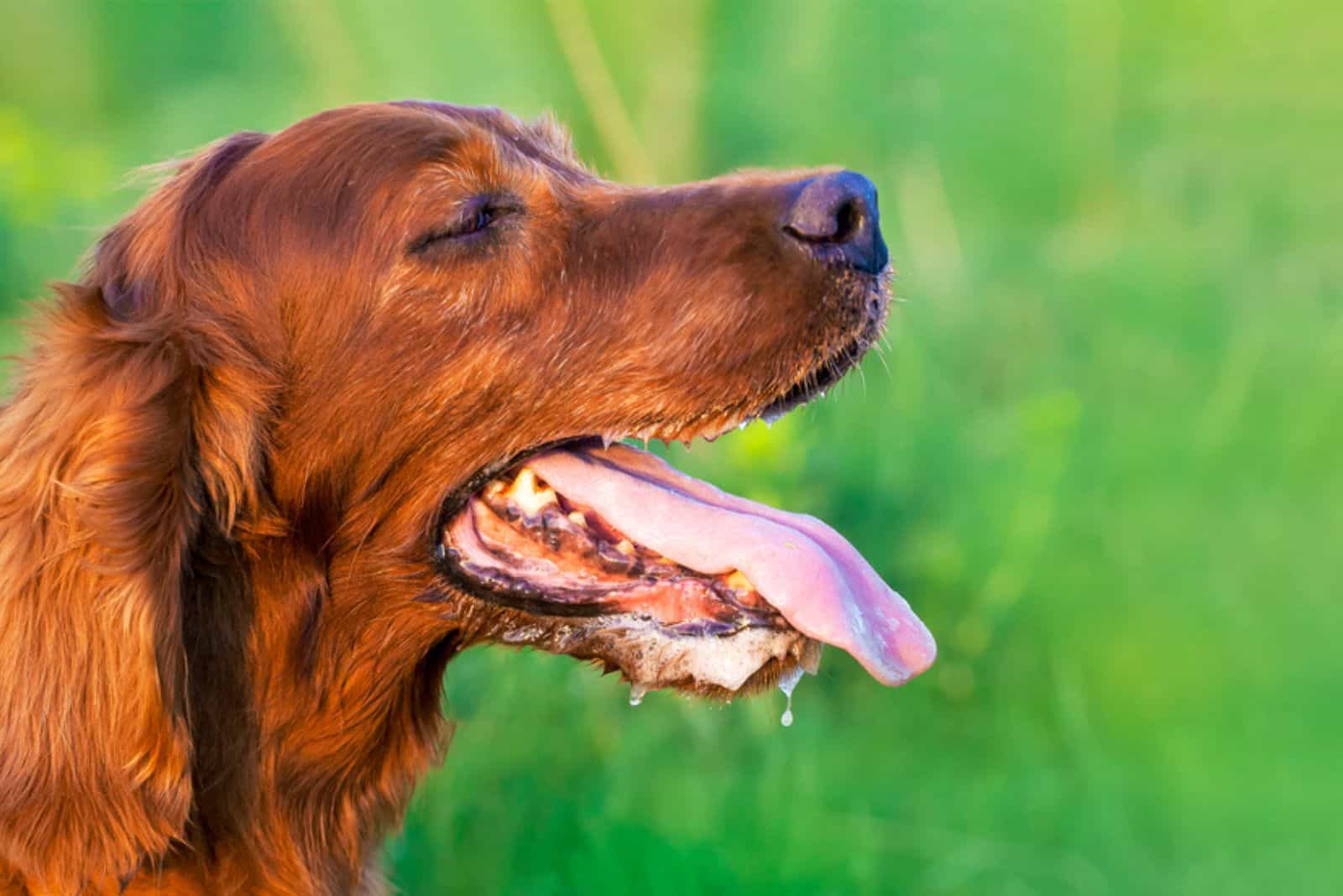
Some dogs drool more than others, but it is important to know and be able to recognize when your dog is drooling more than usual.
Excessive drooling and salivation can be an early sign of many health issues, including heatstroke and some dental problems. Heatstroke is a serious condition that requires immediate medical attention.
#12 Urinating More Than Usual
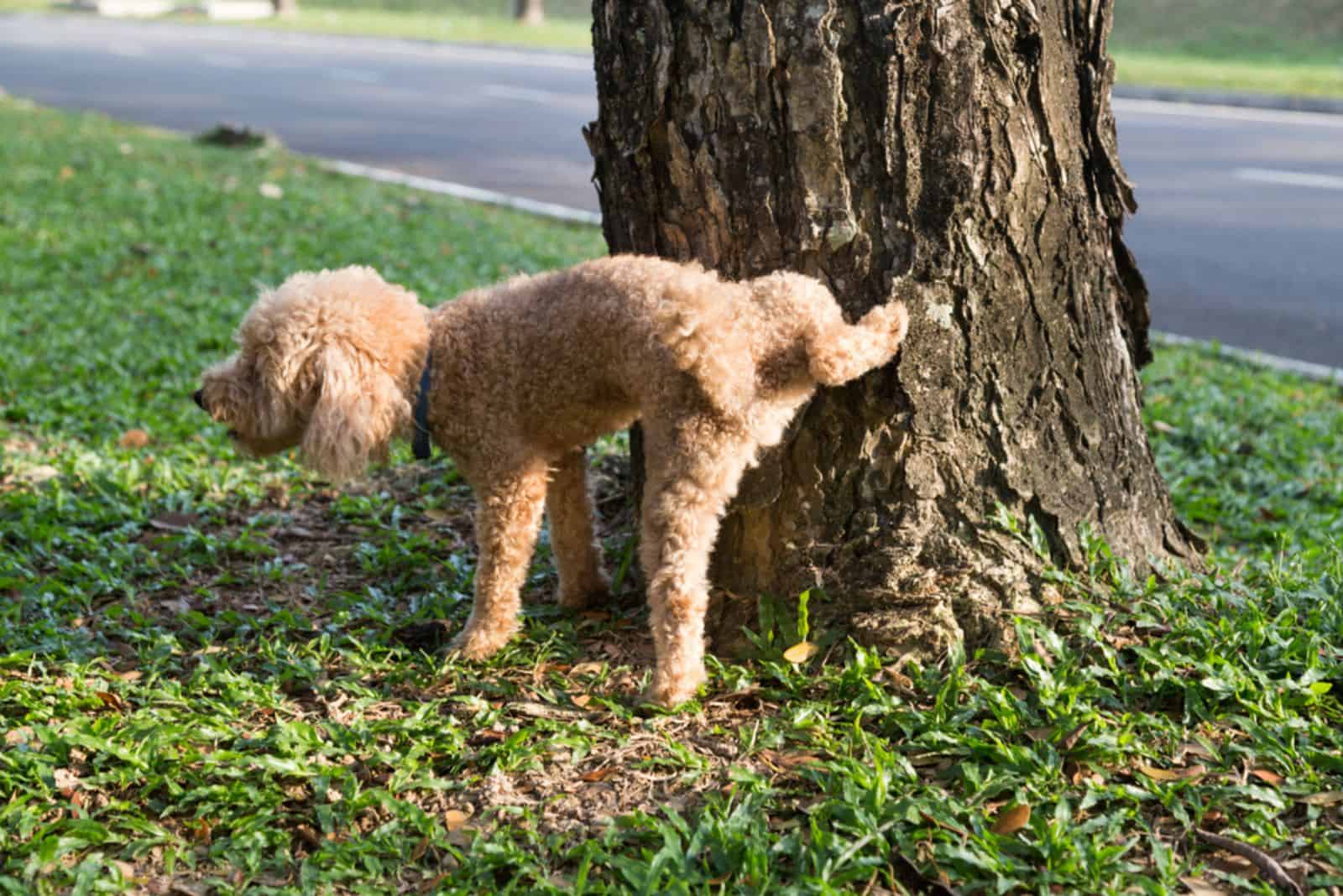
Is your dog waking you up at night to go out, or having some accidents in the house? This is not your dog being naughty, but a potential symptom of various underlying issues.
Urinary Tract Infection (UTI), kidney disease, and Cushing’s disease are just some of the very serious causes of excessive urination in dogs.
If this kind of behavior continues for more than 48h, I strongly suggest contacting your vet and bringing your dog in for an examination.
Read Next: 15 Signs A Dog Is Dying: When Should You Say Goodbye?
References:
[1] Bevs, & Bevs. (2015). Normal vitals for a dog | BEVS. BEVS | Burlington Emergency & Veterinary Specialists.
[2] Vets Now. (2021, April 14). What Do Pale Gums in Dogs Mean? | Dog Gum Colour Chart.
[3] Taking Your Pet’s Temperature | VCA Animal Hospitals. (n.d.). Vca.
